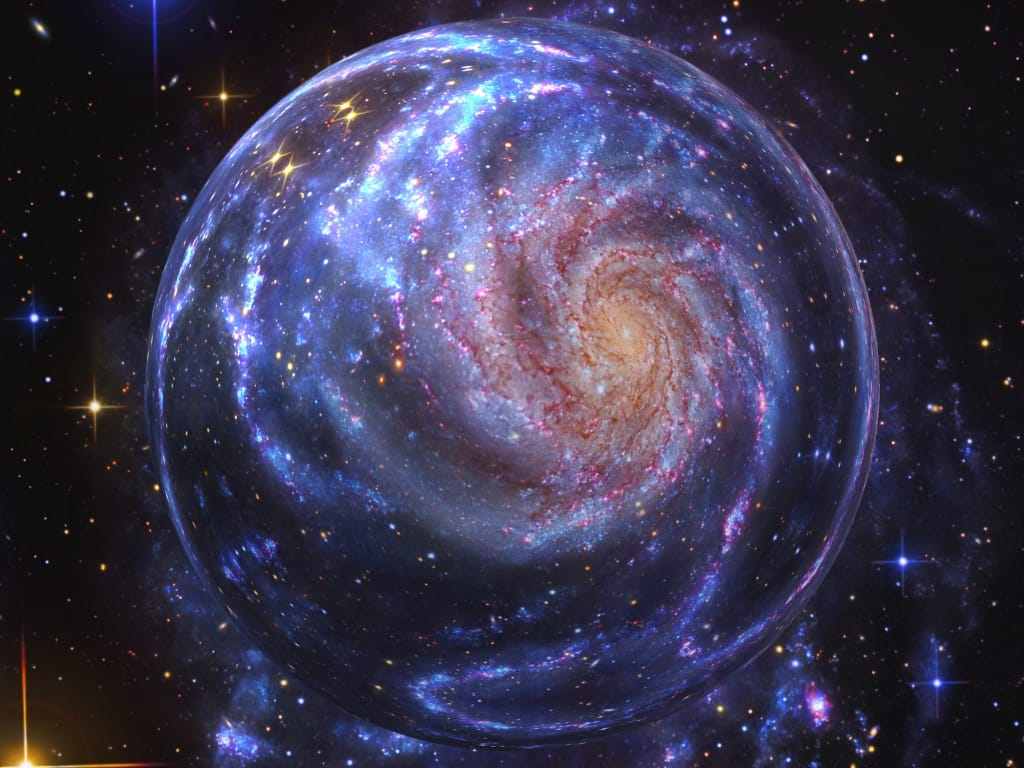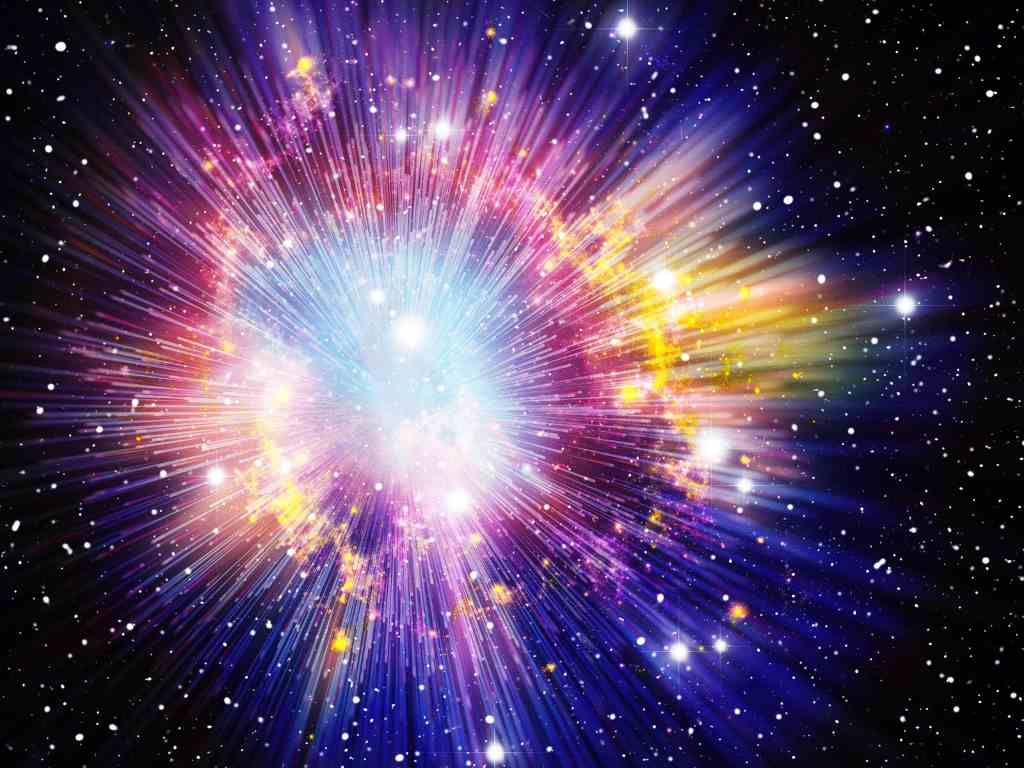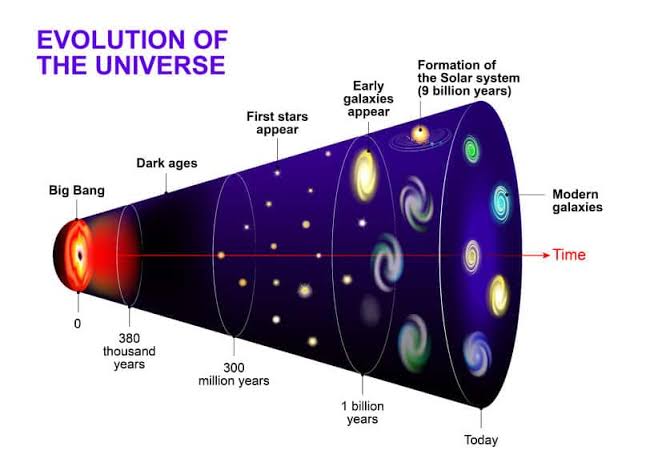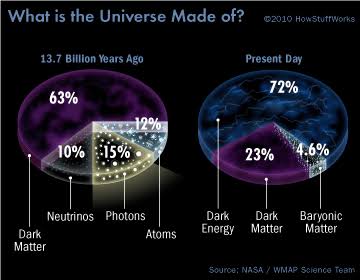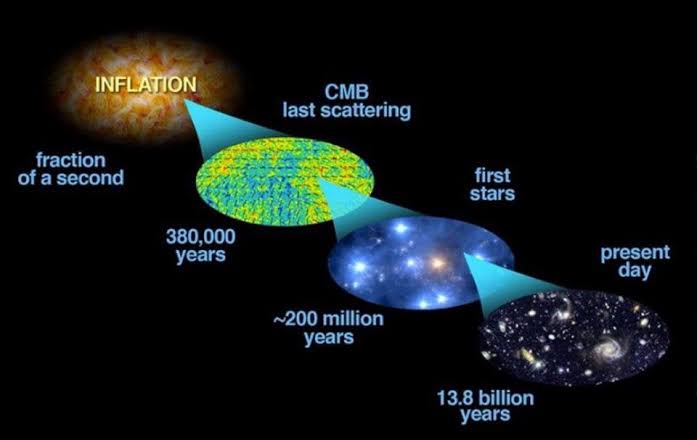Whenever we hear the term, UNIVERSE, we get a sudden thrill. Even if you don’t get that much excited, but it excites you to know more about it. Universe has been such a subject that intrigues everyone – from a 10-year-old child to a 70-year-old uncle. Everyone just wants to know what is the universe, how huge is it, what are things belonging to it are still unknown to us and what can we expect from it in future.
When the term universe comes up, one thing that comes to I guesses everyone’s mind is – How huge is the universe! Does it have a beginning or an end? Does it have an edge? If yes, then what is beyond the edge of the observable universe? So, today we are here to answer all these interesting and exciting questions. So let’s dive straight into the universe!
What is the Universe?
Going by the simple terms, the prefix Uni – means everything. Thus, Universe stands for everything. It consists of space, every matter, energy, time and life. Explaining what is universe can be a tricky task sometimes! Everything that you know which exists is a part of the universe.
Our Earth, moon, sun, other planets and billions of stars together form a galaxy. Our galaxy is named Milky Way. Believe it or not, the universe consists of billions of such huge galaxies. Ours is just one of those billions of galaxies. A strange thing to notice is that you aren’t far away from outer space.
You are just around 100 kilometres away from outer space, wherever you may be. Even space is below you! Might be thinking how is that possible! But yes it is true. Around 13000 kilometres below, you have the opposite side of the Earth and again you are in outer space.
Effectively, at every moment we are in space. This is because our Earth is a part of the entire space. Earth is just a tiny little part of this huge universe that has a life-supporting environment, which makes us feel like we are in a different world.
What is the age of the Universe?
Ages are not only for human beings or things on the Earth. Everything has its age! The Universe also has been living for a long time so it must be having an age. The Universe is nearly 13.8 billion years old. Yes, it is that old!
Scientists arrived at this number by studying the ages of some of the oldest stars and the rate of expansion of the universe. They also used the Dopler shift in light from various galaxies. But surprisingly, all of these galaxies are moving farther and farther and scientists don’t have the answers.
This means that at some moment in the far future, galaxies will be so far that light from them won’t be able to reach Earth. What this depicts is that the universe is still in the expansion!
The universe was much more compact yesterday than it is today. Another thing which this shows is, at some moment in the far past, the universe was very compact.
It could have been possible that the entire universe was just one spot. Apart from all this, everything just started from the Big Bang. Before that nothing existed, even time! With the Big Bang, out came to a universe, space, time and energy and now after billions of years, it is so huge that its enormity can’t be depicted.
What makes up the universe?
Most of the observable portion of the universe is made up of hydrogen, the simplest element. It contains one electron and one proton. Our universe consists of different cosmic objects such as galaxies, stars, planets, moons, comets, meteors, meteorites and many more.
They all are made up of matter. Our Milky Way, according to estimates consists of nearly 100 billion stars and there are at least 100 billion galaxies. This is the enormity of the universe. Even these are just estimates.
However, the universe just doesn’t consist of these things. These constitute just 5% of the entire universe. Nearly 27% is dark matter while 68% is made up of dark energy. Both of them are scarcely known by humans.
Is there an edge of the universe?
An observable universe is a small portion of the universe in the shape of a ball comprising of the matter that can be observed from the Earth through different means. In simpler words, there is a lot of universe beyond the range we can see.
Although we define the observable universe which is defined at 93 billion light-years, the boundary of the Big Bang, in actual sense there is no limit or boundary in space. This is just the limit of time. However, the distance is much farther than 13.8 billion years. This is because the Universe has continuously expanded since its formation.
You must be confused as to how all this stuff is happening! It is not like objects are travelling faster than the speed of light but actually, the space between these objects is expanding, which causes them to fly away from each other at great speeds.
Can we reach the edge of the observable universe?
Theoretically, we can reach the edge of the observable universe. But it is possible under extremely rare circumstances. We can only reach the edge if we:
- Travel faster than the speed of light – according to most physicists, this is certainly impossible
- Transcend space-time – by employing wormholes which also is impossible
What is beyond the edge of the universe?
The theory of cosmic inflation says that the entire universe is 10^23 times the size of the observable universe. This is a huge portion of the universe that we don’t know anything about and are certainly missing. Since we can’t see it, we don’t know what is beyond it. But certain theories have given varied answers to this question!
- The first view says that beyond the edge, the universe might be an infinite expanse of space and may consist of the same cosmos as we see in the observable portion. This is a logical view since there aren’t sections in the universe as the first section would be differently formed and the next would be different. This means infinity is quite logical. Thus, beyond the observable universe, there may be anything and everything. You may find every possible thing in infinity. But a contradiction arises here. If infinity has everything in it that is possible, logic says that there might be a person there identical to you. There might be a person who is similar to you but just slightly different in some facet, like he may be shorter or longer than you or fatter than you. Every case is possible. This idea seems quite inconceivable, but that’s what infinity is all about.
- A different theory begins with something called dark flow. Astronomers in the year 2008 discovered galactic clusters were streaming in the same direction at very high speeds. What may be a possible cause are massive structures outside the observable universe exerting their gravitational pulls. These structures could possibly be anything. Since very less is known about these structures, they are termed dark in nature. But recent studies have debunked the dark flow model which is debatable.
- Another view says that our universe might be one of the many existing universes. This has been termed as Multiverse. When these universes come together, gravity can flow through them and collisions may take place which gives rise to further new universes.
What is the farthest thing humans can see?
At most, we can see the Andromeda galaxy which is about 2.53 million light-years away. It is the farthest object which is visible to the naked eye. Beyond the current event horizon limit i.e. 16 billion light-years away from Earth, expansion of space is much faster than the speed of light. Thus light from these parts will never reach us. Any event beyond the event horizon won’t be visible to us, no matter what happens.
By the means of telescopes, the farthest we have observed is the GN-z11 which is about 32 billion light-years away. The distance took expansion of space also in account. The distance was also measurable because the light was emitted when it was inside the event horizon.
Lots More Information
Conclusion
The real question still remains to be answered whether the universe is infinite or finite. The uncertain nature of this universe is what paves the way to utmost excitement in astronomy. Whatever lies behind the edge is certainly unknown to us and will remain to be unknown.
Mankind will continue to quench its thirst for new surprises and will continue to bring out new things to learn more about the universe. But the universe being universe will find ways to amaze us more often.
Appreciation to everyone who has stayed till the end of the article (what is beyond the edge of the observable universe?) and trusted us for the knowledge. We hope that our content will make you know and learn something new.
If you want us to write on your favourite topic or you want to know about a certain topic, you can drop your views and feedback in the comments section. If you find something interesting in our article which surprised you, do let us know by commenting on that as well. Until we meet again in the next article, stay curious!
FAQ related to (Beyond edge of the observable universe)
Q- What components does the universe contain?
Answer: the universe contains three types of components: normal matter, dark matter and dark energy.
Q- How many dimensions does the universe have?
Answer: According to the string theory, the universe operates in 10 dimensions.
Q- Is time also a dimension of the universe?
Answer: Time is the 4th dimension of the universe as moving through space requires movement through time as well.
Q- Why can’t we visualise more than 3 dimensions?
Answer: in the external world, there are only three spatial dimensions and thus humans can see objects in 2D and 3D versions.
Q- what is the deadliest thing in the universe?
Answer: Apparently, nothing can be more deadly than falling into a black hole.
